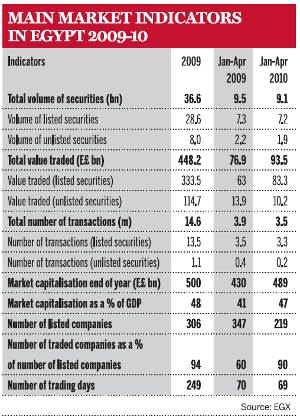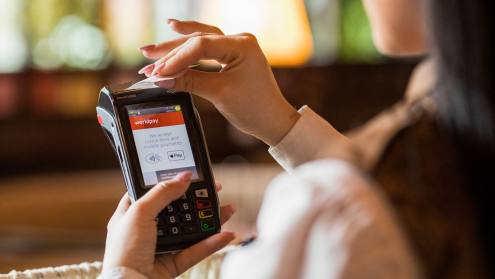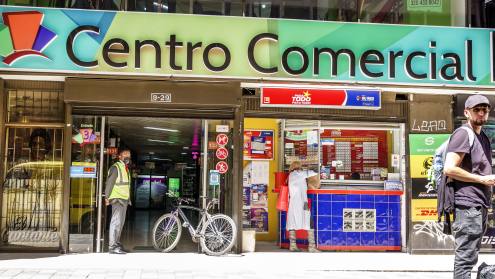Q: How would you describe the performance of the Egyptian stock exchange (EGX) in 2009 compared with previous years? What were the main highlights in 2009 and how has the it performed so far this year?
A: Last year was difficult for financial markets across the world. The Egyptian market started 2009 on a negative note and ended it with the Dubai debt crisis. However, the market rallied from March to October, driven by high domestic liquidity, and was able to conclude 2009 with a year-on-year growth rate of 35%, which demonstrates the market's resilience as a shock-absorber. Moreover, the EGX outperformed all Arab markets in 2009.
On trading aggregates, we maintained high trading records during 2009. The total value traded of the market amounted to E£448bn ($81.3bn), as opposed to E£530bn in 2008, on the back of the retreat in the prices in 2008. From another perspective, the volume traded soared to 37 billion securities in 2009, surging by 43% compared to 2008. Furthermore, the number of transactions leapt by 11%, recording 15 million transactions versus 13.5 million in 2008.
Q: How have new listings energised the EGX in recent years? Have initial public offerings (IPOs) played an important role?
A: The EGX witnessed an increasing number of new listings between 2005 and 2008. The number of new listings during this period reached 87 companies, with a total capital of E£35bn. Following the onset of the global financial crisis, there was a slowdown in new listings; only six new companies were listed in 2009, representing a total capital of E£3bn.
As for IPOs, EGX witnessed three major IPOs of public companies in 2005, namely Sidi Krir, AMOC and Telecom Egypt, worth more than E£7.6bn. Al-Arafa's IPO took place in 2006, in addition to six more companies in 2007 and 2008, with a total value of E£9.2bn. In the foreseeable future, we expect some more IPOs from listed companies as they comply with new listing rules.
Q: What impact is the NILEX having on trading activity? What changes have occurred since it was launched in 2008?
A: NILEX, the EGX's new market for growing small and medium-sized companies, was officially launched in June 2008 with the listing of three companies. However, following the effects of the global financial crisis, there was not much activity on the NILEX until the final quarter of 2009, whereby four companies were listed in the months of October and December. Three more companies were listed in the first three months of 2010, pushing the number of listed companies on the NILEX to 10.
Q: What steps have you taken in order to guard against the possibility of another correction, like the one experienced in 2006?
A: The EGX, like all other developed and emerging markets, was exposed to different market corrections in 2006. However, the Egyptian economy was able to record a robust 45% gain during the second half of that year, in significant contrast to our peers in the region. The EGX concluded 2006 in positive territory, with a year-on-year gain of 10.3%.
The recent global financial crisis has prompted us to tackle the problems posed by sharp falls in share prices. We introduced 20% price limits on orders placed on the trading system for shares traded without price limits. Those stocks are now subject to one trading halt of 30 minutes if their closing prices exceed 10%. If the price reaches 20%, trading continues but cannot exceed this limit.
Q: What is the EGX's development strategy in the short to medium term?
A: One of our main strategic goals is to always promote for the Egyptian market. We do our best to meet as many fund managers, member firms, investors and analysts so as to enhance foreign portfolio investment in Egypt.
We are also working on attracting solid foreign and domestic companies to be listed on the exchange's main board and listing selected prominent and fast-growing small and medium-sized companies on the NILEX.
Our ongoing plans include the launching of the FIX Connectivity Project between the [London Stock Exchange] Group and the EGX, which is expected to increase the depth and liquidity of the EGX and ease access for foreign clients on the EGX trading platform. This initiative is the first of its kind in the Middle East and north Africa.
Additionally, we are currently working on increasing the product mix available to investors by listing and trading exchange-traded funds and sukuk. Moreover, the EGX is now studying the possibility of establishing a derivatives market, together with a foreign partner.

Main Market Indicators in Egypt 2009-10












